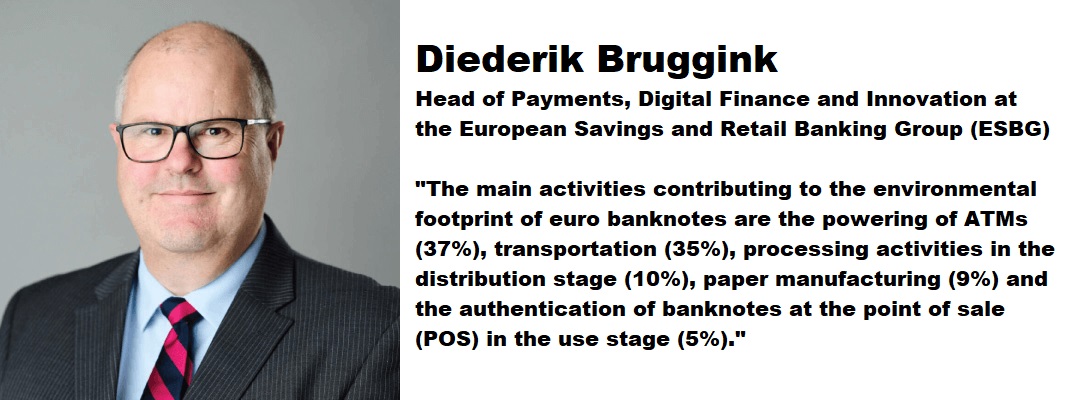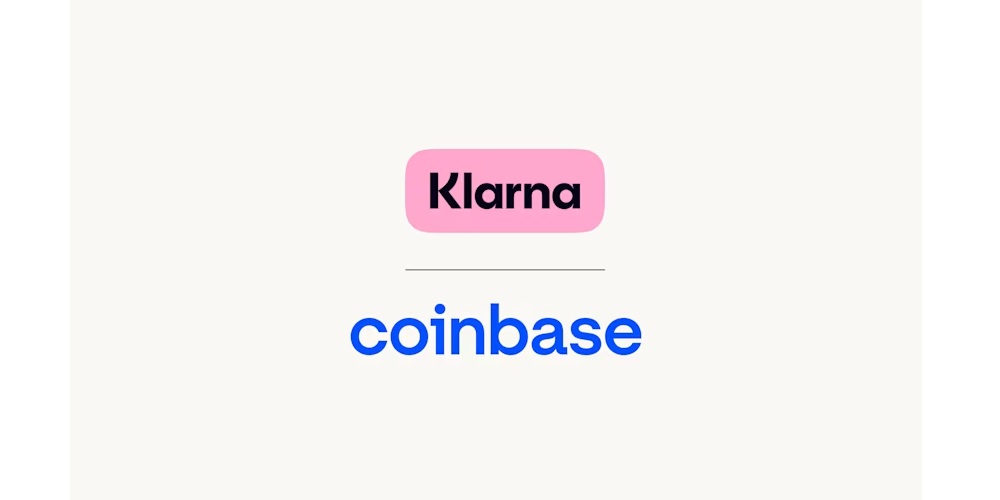The euro cash cycle: how does it work and what is its environmental impact?

Cash is the most frequently used form of payment by Europeans at the point of sale. For this reason, an adequate cash cycle infrastructure must be in place. Apart from ensuring a well-functioning cash cycle, environmental aspects of euro banknotes and the cash cycle should be considered.
A European Payments Council interview with Diederik Bruggink – Head of Payments, Digital Finance and Innovation at the European Savings and Retail Banking Group (ESBG).
What are the main factors contributing to the environmental impact of cash? How is it measured?
The ECB assessed the environmental impact of euro banknotes based on the European Commission’s Product Environmental Footprint (PEF) methodology. It found that the main activities contributing to the environmental footprint of euro banknotes are the powering of ATMs (37%), transportation (35%), processing activities in the distribution stage (10%), paper manufacturing (9%) and the authentication of banknotes at the point of sale (POS) in the use stage (5%).
What efforts have been made to reduce the environmental footprint of euro banknotes?
Since 2004, efforts have been made to reduce the environmental footprint of euro banknotes. For example, the Eurosystem has imposed a landfill ban on banknote waste and implemented initiatives like the Sustainable Cotton Programme. In addition, significant efforts have been made by ATM manufacturers and credit institutions to reduce their environmental impact. Our study shows that improvements in the energy efficiency of ATMs contributed to a 35% decrease in the single overall score of the cash cycle between 2004 and 2019. Moreover, in addition to transport optimisation, other ways to reduce the environmental impact of transportation and use more sustainable fuels are being considered.
How does the environmental footprint of euro banknotes compare to other activities or products that play a part in Europeans’ daily lives?
The PEF study finds that the single overall score for the average annual value of cash payments per euro area citizen (EAC) in 2019 is 101 micropoints (μPt). This very low score is equivalent to an EAC driving a standard car for 8 km, or to 0.01% of the total environmental impact of a European’s annual consumption of activities. To further illustrate this point, it is worth comparing the results of the annual value of euro banknote payments with those of other everyday products, such as the production of a cotton T-shirt that is washed once a week for a year (comparable to driving 55 km) or the manufactured bottles of water consumed by an EAC in one year (equivalent to driving 272 km).
More details here
Diederik Bruggink
Diederik Bruggink is Head of Payments, Digital Finance and Innovation at the European Savings and Retail Banking Group (ESBG) where he is responsible for all payments and digital finance topics worldwide
In that role, he also advocates the associations’ positions on payments with policymakers, regulators, standardisation bodies, industry associations, and enabling a constant member dialogue on developments, with a particular focus on innovation.
He is also chair of the Cash Efficiency Working Group of the European Payments Council (EPC) and he was co-chair of the Euro Retail Payments Board (ERPB) working group on access to and acceptance of cash.
Dariusz Mazurkiewicz – CEO at BLIK Polish Payment Standard
Banking 4.0 – „how was the experience for you”
„To be honest I think that Sinaia, your conference, is much better then Davos.”
Many more interesting quotes in the video below:










